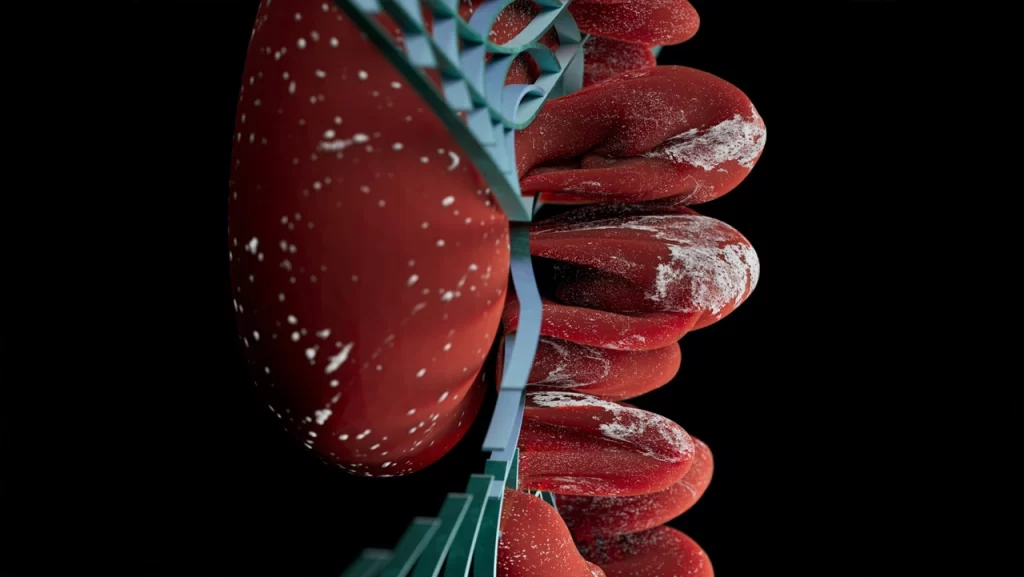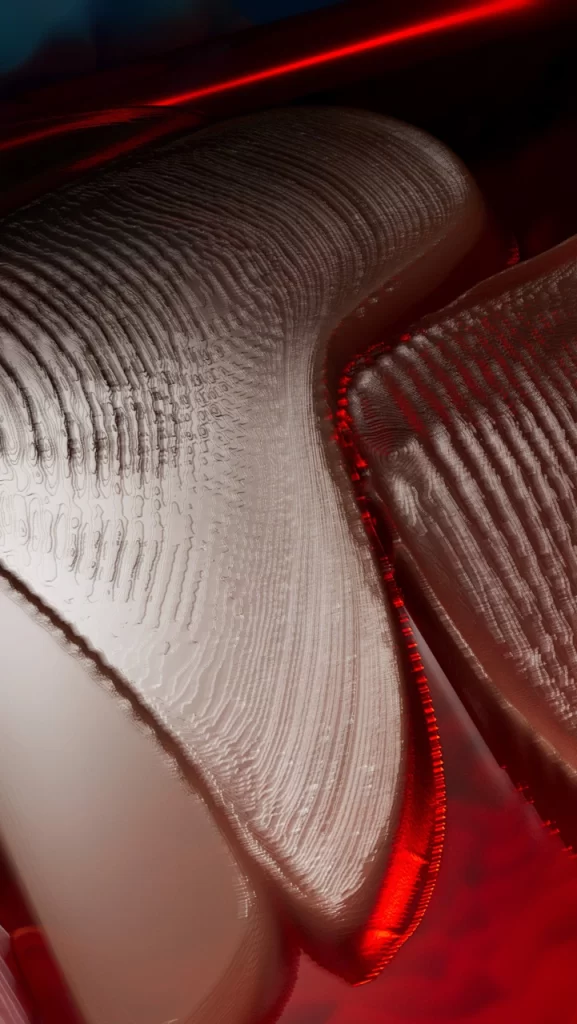The Impact of Fabric Color and Pattern on Acoustic Performance

Exploring Acoustic Fabric Characteristics
Acoustic panels play a crucial role in managing sound within various environments, from recording studios to office spaces. While the material composition and density of the panels are well-known factors affecting their acoustic performance, the impact of fabric colour and pattern is less frequently discussed. This article explores how the aesthetic aspects of fabric, specifically colour and pattern, can influence the acoustic properties of fabric-covered panels.

Colour and Heat Absorption
Thermal Effects
Fabric colour can influence the thermal properties of acoustic panels, indirectly affecting their acoustic performance. Darker colours tend to absorb more heat compared to lighter colours, which can lead to variations in the fabric’s tension and density over time². These thermal changes can alter the sound absorption characteristics of the fabric, potentially reducing its effectiveness. For example, in environments with significant sunlight exposure, darker fabrics might heat up and expand, changing their porosity and sound absorption properties³.
Colour and Material Degradation
The choice of fabric colour can also impact the durability and longevity of acoustic panels. Darker colours may be more prone to fading due to UV exposure, which can degrade the fabric’s structure and reduce its acoustic efficiency over time. Conversely, lighter colours are generally more resistant to UV damage, maintaining their acoustic properties for longer periods⁴. Ensuring that the fabric maintains its integrity is crucial for long-term acoustic performance.

Patterns and Sound Diffusion
Pattern Complexity
The pattern on acoustic fabric can affect how sound waves interact with the surface of the panel. Complex patterns with varying textures can scatter sound waves more effectively than plain, smooth surfaces. This scattering, also known as diffusion, helps to break up sound waves and reduce echoes, enhancing the overall acoustic environment⁵. Patterns with raised textures or multi-layered designs can create micro-surfaces that improve sound diffusion.
Acoustic Imaging
In spaces where precise sound control is necessary, such as concert halls or recording studios, the use of patterned fabrics can aid in creating an acoustically balanced environment. Acoustic imaging involves designing spaces that manage sound reflections to achieve the desired acoustic effect. Patterned fabrics can contribute to this by providing a controlled level of diffusion, helping to balance the acoustics within the space⁶.
Practical Considerations in Design
Combining Aesthetics and Function
Designers must consider both the aesthetic appeal and functional performance of acoustic panels. While bold colours and intricate patterns can enhance the visual appeal of a space, they should also contribute to the panel’s acoustic effectiveness. Selecting fabrics that combine aesthetic qualities with high acoustic performance ensures that both visual and functional goals are met⁷.
Environmental Factors
The environmental conditions where the acoustic panels will be used should influence the choice of fabric colour and pattern. In high-temperature or high-humidity environments, fabrics that can withstand thermal expansion and moisture without significant degradation are preferable. Additionally, fabrics with patterns designed to handle frequent cleaning or exposure to elements should be chosen for durability⁸.
Future Directions in Acoustic Fabric Design
Smart Fabrics
Advancements in smart fabric technology offer exciting possibilities for future acoustic panel designs. Smart fabrics that can change colour or pattern in response to environmental conditions can provide dynamic acoustic management. These fabrics can adapt their properties to maintain optimal sound absorption and diffusion, offering greater flexibility and control over acoustic environments⁹.
Sustainable Options
Sustainability is an increasingly important consideration in fabric selection. Eco-friendly fabrics made from recycled materials or organic fibres can provide excellent acoustic properties while reducing environmental impact. As the industry moves towards more sustainable practices, the development of high-performance, eco-friendly acoustic fabrics will likely become a key focus¹⁰.

References
- Arau-Puchades, H. (1999). Acoustics and absorbers: Porous materials. Journal of Sound and Vibration, 220(4), 925-938.
- Trevira CS. (2021). Trevira CS: Permanently flame retardant textiles.
- Woolmark. (2020). Wool and flame resistance.
- Fahy, F. J. (2000). Foundations of engineering acoustics. Academic Press.
- Blauert, J., & Xiang, N. (2008). Acoustics for engineers. Springer.
- Cox, T. J., & D’Antonio, P. (2009). Acoustic absorbers and diffusers: Theory, design and application. CRC Press.
- Malucelli, G., et al. (2014). Nano-coatings for flame retardancy of textiles. Progress in Organic Coatings, 77(6), 1074-1091.
- Bies, D. A., & Hansen, C. H. (2009). Engineering noise control: Theory and practice. CRC Press.
- Sriram, R., et al. (2018). Smart textiles for fire safety. Sensors and Actuators B: Chemical, 259, 1198-1204.
- GREENGUARD. (2020). Low VOC emissions.
Share